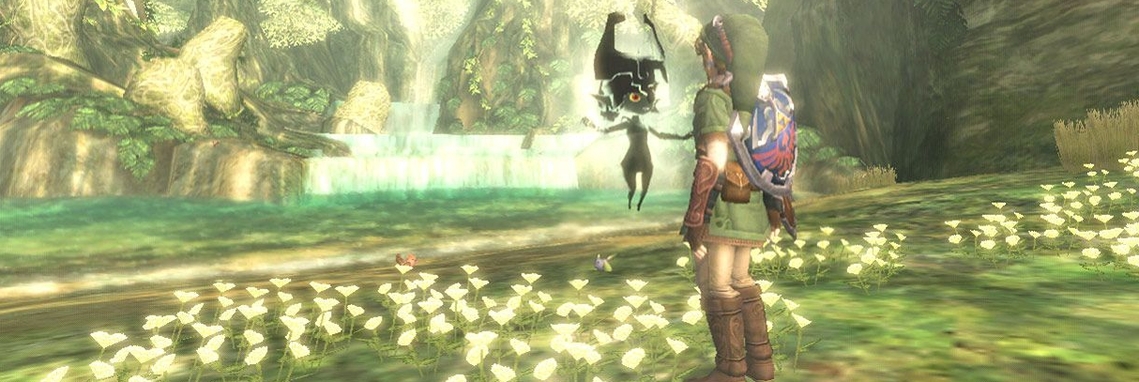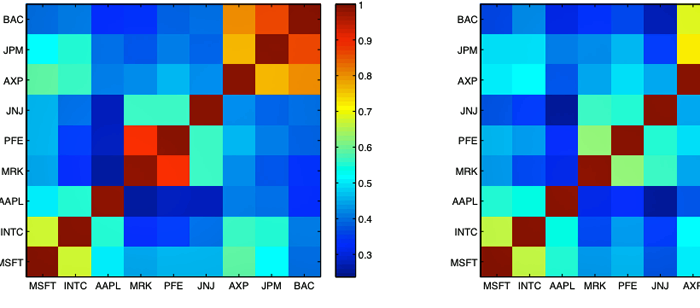
MS Thesis Defense
A Modular, Power-Intelligent Wireless Sensor Node Architecture
David Riley
10:30am Monday, 7 May 2012, ITE 346
The current state of the art in wireless sensor nodes, both in academia and the commercial world, is a fractured landscape of designs which mostly address individual problems. The most common commercial design derives directly from a mote developed at the University of California, Berkeley around 1999, and presents only moderate, incremental improvements over the original design. No designs yet present a comprehensive, intelligent design befitting a modern system.
By using dynamic power management, deep system configurability, autonomous peripheral modules, and multiple CPU architectures, this thesis presents a flexible and efficient node architecture. Modules in a system communicate between each other to coordinate their activities and power levels. Special attention is given to power sourcing and distribution. Individual peripheral boards supply their own drivers to the CPU using architecture-independent code. The platform may be configured to work with most networks, sensor types and power sources due to its improved connectivity and hierarchical design.
The resulting Configurable Sensor Node (CoSeN) architecture is competitive with existing designs on price, size and power while greatly exceeding most of them on performance, configurability and application potential. The CoSeN architecture is validated through a prototype implementation.
Committee: Professors Mohammed Younis, Tim Oates and Gymama Slaughter







